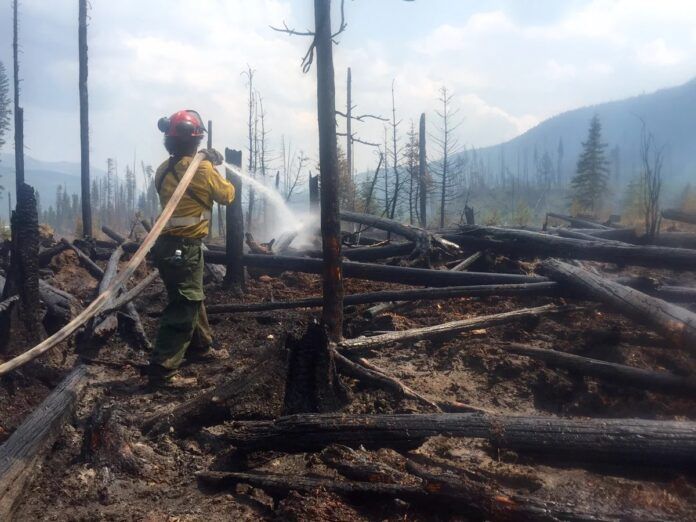After a hot, dry fire season, Alberta Wildfire has shifted its focus to fire prevention and preparedness as wildfire season comes to a close.
According to Wildfire Area Information Coordinator Kelly Burke, a quick summertime thaw combined with extreme winds is responsible for the unprecedented wildfire season.
“Going into this fire season, the ground moisture was very low, so we went into the season dry, and it continued to be dry throughout the summer,” she says.
Alberta Wildfire says wildfires are a natural part of the environment and will be a year-round feature in the northern Alberta landscape for the foreseeable future. Burke says preparedness and prevention must remain front of mind not just for fire crews, but county and city residents too.
“One of our biggest takeaways is preparedness, we’re always trying to improve our operation here.”
“Prevention is a shared responsibility, so what we experienced this summer, we want to emphasize the importance of a whole society approach for fire prevention and mitigation.”
Additionally, residents who choose to burn in the winter are advised to remain cautious as holdover fires remain a serious threat once the snow melts.
“Going into the winter season, if residents have done burning or if they’re planning to do burning over the winter, we want to look at things like where you’re going to burn, the site that you’re going to burn.”
According to Burke, holdover fires are one of the main drivers of wildfires in the spring, caused by everything from brush pile burning to campfires that are not extinguished properly.
“Once your burn is complete, you should go back and visit it throughout the winter.”
“If it has smoke or heat, it’s still burning.”
While fire danger remains low in the winter, Burke says the risk of forest fires is not the sole concern surrounding wintertime burns.
“Something you want to consider is smoke, smoke this time of year can cause really serious accidents, so you want to monitor the weather conditions.”
According to Burke, ideal burning conditions for the winter include days where the average temperature is about five degrees, and the wind speed is around 5km/hr.


